What is sous vide?
While it might sound incredibly complicated, sous vide (pronounced sue-veed) in French literally translates to ‘under vacuum’, which refers to the process of sealing food into a bag and then cooking it in a water bath. It is a French cooking technique that uses water as a conductor, a vacuum sealed bag as a protector and a simple precision cooker to accurately control the water temperature and keep it at a set temperature over a long period of time.
It’s like slow cooking in an oven or slow cooker, but on steroids as you can still produce a perfectly rare steak even after cooking for hours!
With traditional cooking techniques, results can be inconsistent. Sometimes you get it perfect. Other times, it’s hit and miss. You also generally have to choose between slow-cooking for tenderisation and breaking down of meat fibres, or cooking quick to achieve perfect rareness.
Because sous vide allows down-to-the-degree control over your cooking, it delivers perfectly consistent results every time.
In the past, sous vide required specialty equipment, so was really only used by high-end restaurants and professional chefs. But advances in technology have now put this master cooking technique in the hands of home cooks.
Our butcher first introduced us to the sous vide concept when we told him the difficulty we’d had cooking our buffalo meat. We could get the flavour perfect, but it didn’t seem to matter what we did, the meat was still a bit too much on the tough side for our liking. Edible, but you needed strong teeth to break through those tough fibres.
He promised us that sous vide would change our lives – a bold promise but we went home, did a bit of research and decided to give it a go.
There are a couple of different types of sous vide machines available on the market – from water ovens (an all-in-one device that’s about the size of a microwave oven), to immersion circulators (a wand or device that attaches to the side of a pot or container) to DIY hacks using rice cookers or slow cookers with water and bagged food (though we would imagine you would not be able to control the temperature as precisely using a DIY hack).
We went with an Anova immersion circulator because it had pretty good reviews and was compact enough not to take up too much room in the kitchen.
When we tried it with the buffalo meat, we were absolutely gob-smacked with the difference in texture and taste. After nearly 9 hours of cooking, the meat was still slightly pink inside but completely soft and tender. All those tough fibres had completely softened and broken down.
Like any new cooking technique, it all comes down to experimentation. We knew that the low and slow technique of sous vide worked perfectly on tougher cuts of meat, but how would it go with more premium cuts like backstrap and rump?

Perfectly medium rare venison rump two ways
We love our meat rare, so sous vide gives us the perfect results every time. In this recipe, we cook some sambar rumps that Rod hunted in Victoria. As with all of our game meat, the venison had been wet aged for about 2 weeks in the fridge.
We used two different seasonings in this video, but we encourage you to experiment with different flavours. We have also used the same technique with a coffee rub, which we’ve included in the variations at the bottom.

Sweet chilli venison ingredients:
- Venison rump
- 3 tablespoons chilli jam or sweet chilli sauce
- 1 onion, sliced thickly
- 1 clove garlic, crushed
- Salt and pepper for seasoning
Basic venison rump ingredients:
- Venison rump
- 1 onion, sliced thickly
- 4 tablespoons Steak Rub (any brand)
- Salt and pepper for seasoning
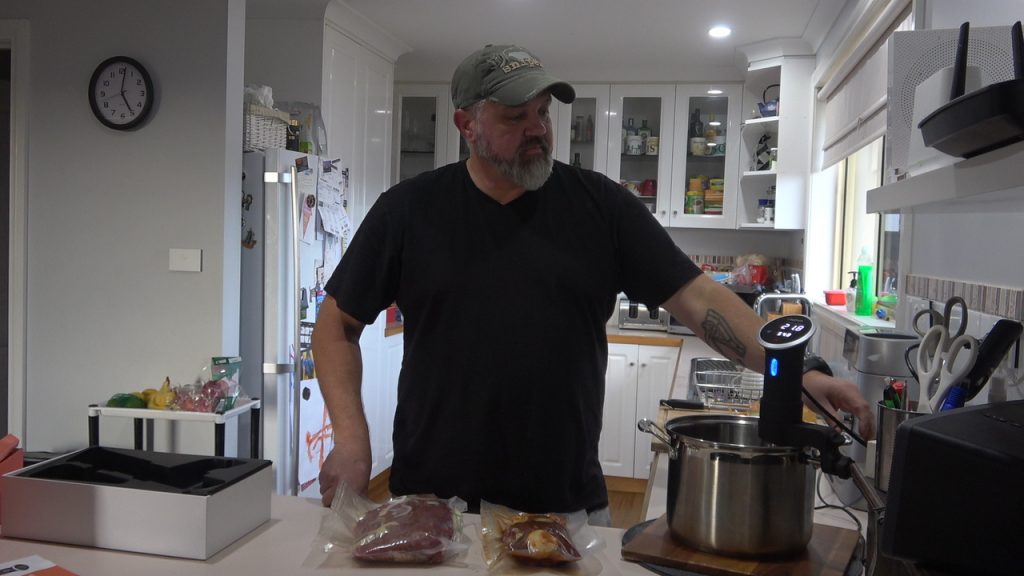
Method:
- Set up the sous vide machine by attaching the immersion cooker to the side of a large pot filled with water (make sure not to go over the maximum water level on the immersion cooker).
- Set the desired temperature and cooking time and let it start heating the water while you prepare the meat. For this recipe, we set the sous vide temperature gauge to 54 degrees Celsius (129 degrees Fahrenheit) and set the timer for 2.5 hours.
- Prepare the meat by coating rump in your chosen seasonings.
- Place meat into vacuum-sealed bag and add sliced onion and garlic.
- Seal bag using Game Saver vacuum sealer.
- Submerge bag into water – you can also clip to the side of the pot using a bulldog clip.
- Cook for 2.5 hours. If you prefer your meat more well-done, we suggest cooking at a slightly higher temperature (60 degrees) for about the same time.
- Once finished, remove bag from the water and take meat out of bag. While the meat can be eaten without any further preparation, you can also sear the meat quickly in a hot pan if you prefer – no more than 45 seconds to a minute on each side. You don’t need to cook it more – just brown the edges.
- Serve with your choice of sides.
Variations:
Coffee rub: 1/4 cup ground coffee beans, 2 tablespoons ground chilli, 1 tablespoon ground coriander, 1 tablespoon smoked paprika, 2 tablespoons brown sugar, salt and pepper to taste. Combine dry ingredients and rub into rump, making sure to generously cover entire surface. Place into bag and cook as above.
Salt and pepper: sometimes you don’t need to overcomplicate things. Just stick to the basics and cover your meat in a generous amount of salt and pepper. Seal and cook as above.
Chocolate rub: venison lends itself to sweeter flavours, and chocolate venison is the bomb! Combine 2 teaspoons of unsweetened cocoa, 2 tablespoons of brown sugar, 1 tablespoon of garlic powder, 1 tablespoon of onion powder, 1 tabespoon of chilli power and salt/pepper to taste. Cook as above.
Herbed venison: Combine 1 tablespoon each of rosemary, sage, oregano and sweet marjoram with salt and pepper to taste. Rub on meat. Add 2 tablespoons of juniper berries and a couple of bay leaves to the bag before sealing. Cook as above.
Time saving tips:
If you have a good supply of venison on hand, it’s really simple to prepare a batch of different recipes in one go, seal bags and then freeze for later use. Pre-packed meat can then be removed from the freezer, defrosted and then cooked as above – a simple, easy meal for those busy workdays with minimal preparation required. You could also pop straight from the freezer into the water first thing in the morning and cook at the same temperature all day for a meal that’s ready to eat the minute you walk in the door.
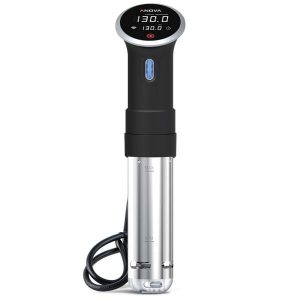
Anova - Precision Cooker
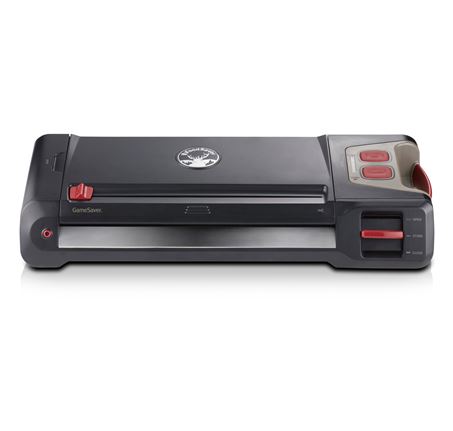
Sunbeam - FoodSaver GameSaver
What is I Am Hunter?
I Am Hunter wants to change the way hunting is perceived and to change the conversation from a negative one driven by anti-hunters to a positive one led by hunters.
Our goal is to help hunters become positive role models and ambassadors for hunting, while simultaneously helping non-hunters understand why hunting is important.
You can become a supporter and help us achieve our goal and spread a positive message about hunting with the wider community.

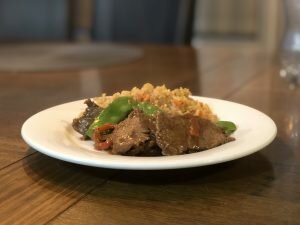

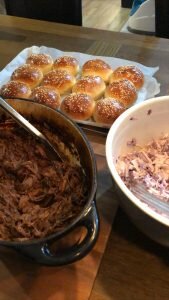
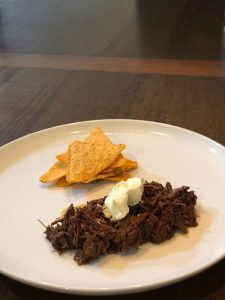

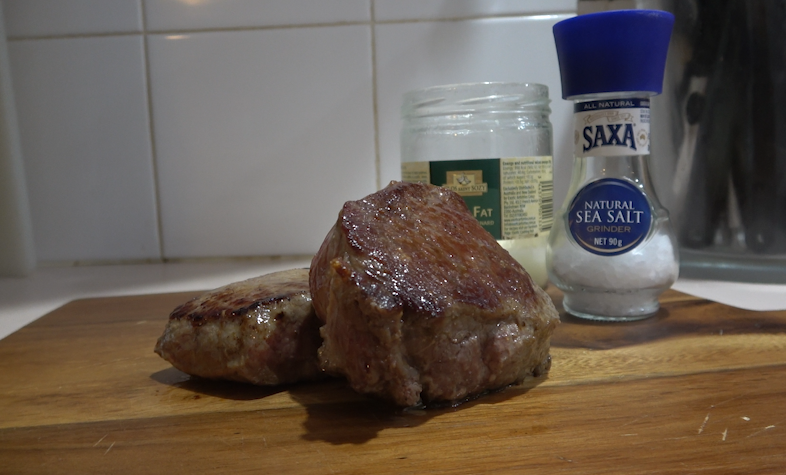
5 thoughts on “Sous Vide Venison”